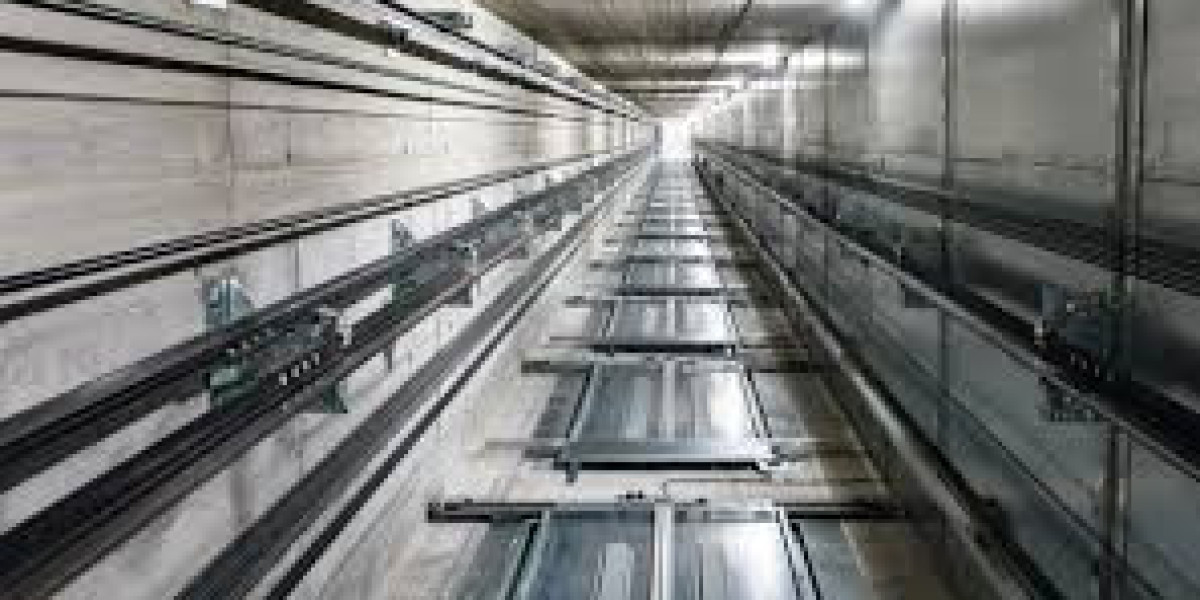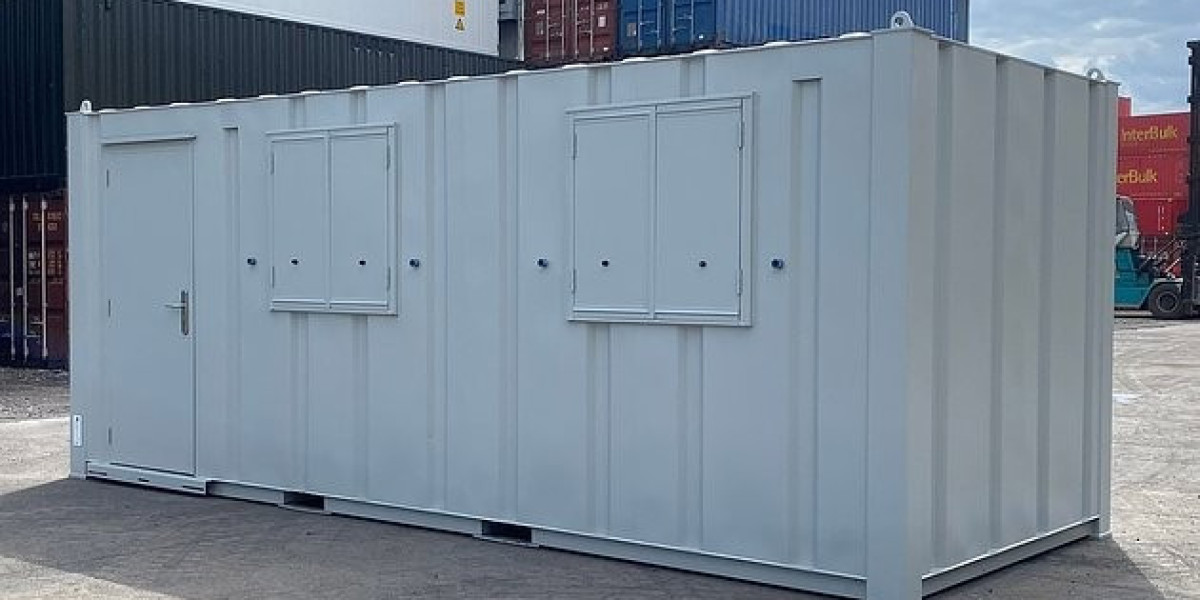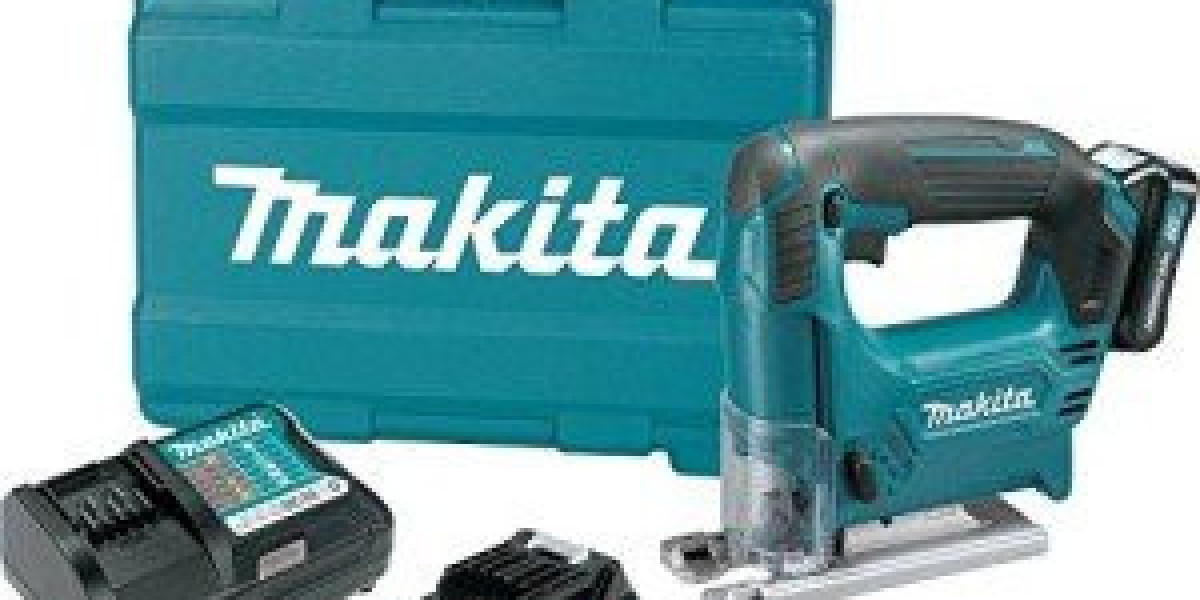Riding into the Future: Smart and Energy-Efficient Elevator Trends in 2025
The humble elevator, once a purely functional mode of vertical transportation, is undergoing a remarkable transformation. As we move further into 2025, the trends shaping the elevator industry are pointing towards a future that is not only more convenient and comfortable but also significantly smarter and more energy-efficient. Forget clunky buttons and jerky rides; the elevators of tomorrow are poised to be seamlessly integrated into our smart buildings, contributing to sustainability goals and offering a truly enhanced user experience.
The Rise of the Intelligent Lift:
One of the most significant trends is the integration of smart technologies into elevator systems. This goes far beyond basic digital displays. We're talking about elevators that can:
- Predictive Maintenance: Utilizing IoT sensors and AI algorithms, elevators can now monitor their own performance in real-time. This allows for proactive identification of potential issues, enabling timely maintenance and reducing downtime. Imagine an elevator that can schedule its own service before a breakdown even occurs – that's the power of predictive maintenance.
- Destination Dispatch: Remember the scramble to press the 'up' or 'down' button and the subsequent multiple stops? Destination dispatch systems are changing that. Passengers input their desired floor on a keypad in the lobby, and the system groups passengers going to similar floors into the same car. This minimizes the number of stops, reduces travel time, and improves overall efficiency.
- Touchless Operation: In a world increasingly conscious of hygiene, touchless elevator operation is gaining significant traction. This can be achieved through various technologies such as gesture control, smartphone integration, or even voice commands. Imagine simply waving your hand to select your floor – a convenient and hygienic solution.
- Integration with Building Management Systems: Smart elevators are no longer isolated units. They are becoming integral parts of intelligent building ecosystems. This allows for seamless communication with other building systems like access control, lighting, and HVAC. For instance, an elevator could be automatically called when a resident approaches the building or adjust lighting based on passenger occupancy.
Powering the Future: Energy Efficiency at the Core:
Sustainability is no longer a buzzword; it's a critical imperative. The elevator industry is responding with a strong focus on energy-efficient technologies:
- Regenerative Drives: These innovative systems capture the energy generated during braking and when the car is traveling with a heavier load downwards. Instead of dissipating this energy as heat, regenerative drives feed it back into the building's power grid, leading to significant energy savings. Think of it like the regenerative braking in electric vehicles.
- LED Lighting: Replacing traditional incandescent or fluorescent bulbs with energy-efficient LED lighting in elevator cars is becoming standard. LEDs consume significantly less power and have a much longer lifespan, reducing both energy consumption and maintenance costs.
- Weight Optimization: Advances in materials and design are leading to lighter elevator cars without compromising safety or durability. A lighter car requires less energy to move, contributing to overall efficiency.
- Smart Standby Modes: When not in use, intelligent elevators can enter low-power standby modes, reducing energy consumption. Sensors can detect when a passenger approaches and quickly bring the elevator back to operational readiness.
https://ipnews.co.uk/elevator-trends-2025-smart-and-energy-efficient-lifts-by-multitech-elevators/
https://blavida.com/elevator-trends-2025-smart-and-energy-efficient-lifts-by-multitech-elevators/
https://peruactivo.com/read-blog/910
https://youslade.com/read-blog/75087
https://www.locustgroveyouth.com/read-blog/2061
https://usvs.ms/read-blog/7138
https://chatface.com.br/read-blog/5497
https://blesssocial.com/read-blog/29382
https://atleticomadridfansclub.com/read-blog/13791
https://doorspell.com/blogs/11785/Elevator-Trends-2025-Smart-and-Energy-Efficient-Lifts-by-MultiTech
https://www.neymarfootballforum.com/read-blog/8797
https://chicagobearsclub.com/read-blog/4679
https://kylianmbappeclub.com/read-blog/9315
Beyond the Basics: Enhancing the User Experience:
While smart features and energy efficiency are key drivers, the focus on user experience remains paramount:
- Enhanced Aesthetics and Design: Elevators are no longer just utilitarian boxes. Modern designs incorporate sleek aesthetics, premium materials, and customizable options to complement the building's overall architecture.
- Improved Ride Comfort: Advanced control systems and smoother motor technologies are resulting in quieter and more comfortable rides with reduced vibrations and jolts.
- Connectivity and Information: Expect to see more interactive displays providing real-time information, building announcements, and even entertainment options within the elevator car.
Looking Ahead:
The elevator industry in 2025 is characterized by a dynamic interplay of technological innovation and a growing commitment to sustainability. Smart, connected, and energy-efficient elevators are no longer a distant vision; they are becoming a reality in our modern buildings. As technology continues to evolve, we can anticipate even more exciting advancements that will further redefine our experience with vertical transportation, making it safer, more efficient, and seamlessly integrated into our increasingly smart world. The ride ahead is certainly an interesting one!








